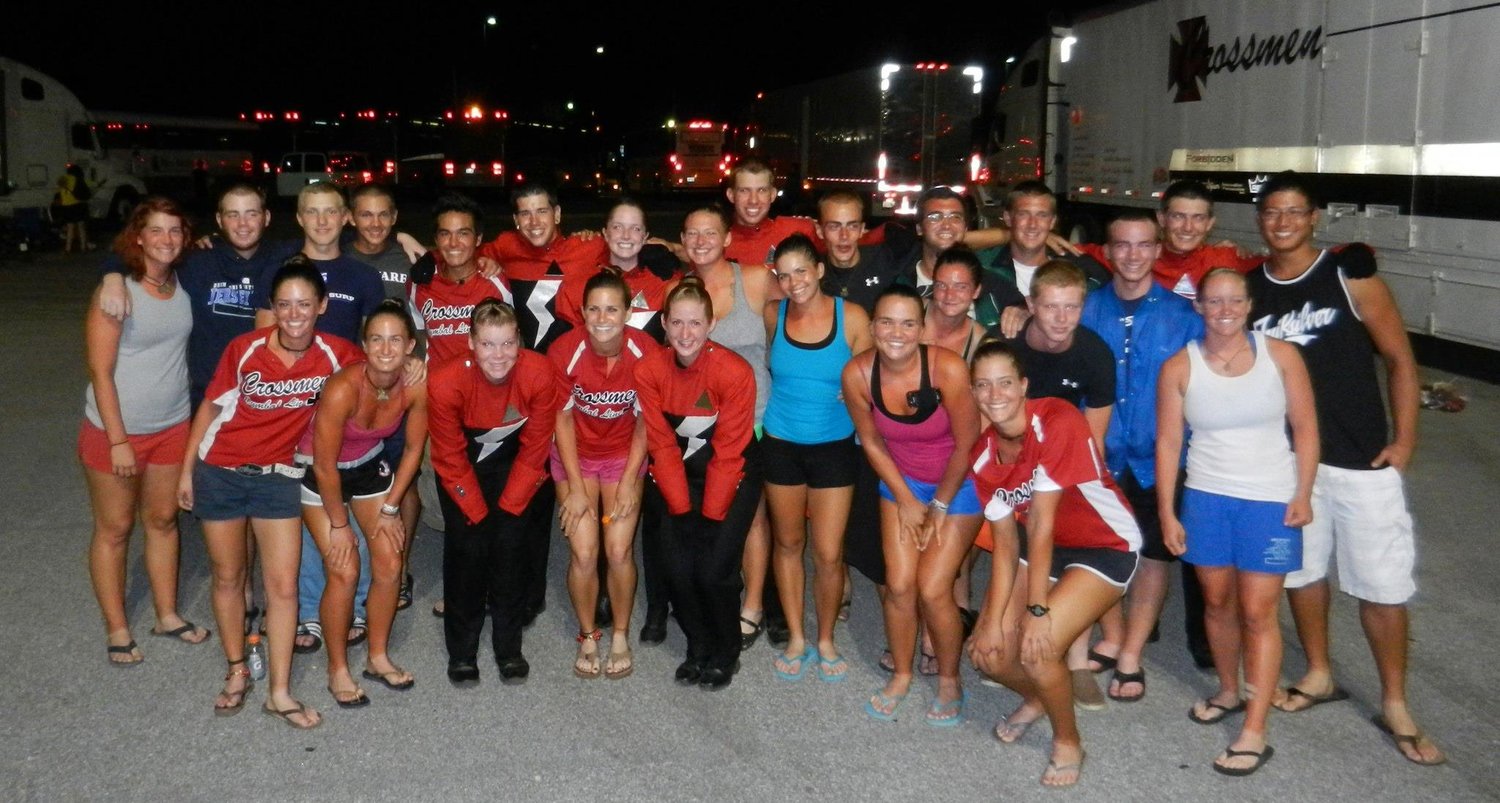This Is Where We Are, Where Are We Going?


If all 22 of the world class drum corps decided to field a cymbal line tomorrow would there be 22 qualified and available cymbal technicians to teach them for the entirety of the summer? If those 22 world class drum corps were looking for 4 cymbal players for each of their lines would there be 88 talented, available, and financially capable members to march in them? I personally in good conscience could not say that there would be. Do the 22 program coordinators have the insight, skill, knowledge, and interest into successfully implementing a cymbal line into their productions? Are all 22 world class percussion arrangers familiar with the implements, sounds, and techniques of an upper echelon marching cymbal line? Do those 22 percussion caption heads have the knowledge base to give confident, quality, and constructive feedback relating to the cymbal instrument? In my opinion the answer to these questions is no. This is the reality that surrounds fielding a cymbal line.
If we take a moment to look within our craft there’s a lot of room for improvement. Ask yourself this, as a teacher or marching member of a cymbal line have you ever made an excuse as to why the cymbal line shouldn’t do what the rest of the battery is doing? 2 reps on 1 rep off while tracking? Do you not warm up with the rest of the battery at the start of a day or at a show? Do you ask for more subs time? Do you sacrifice sound quality for a visual sequence? Have you put in a visual based off of tradition and not design? As a more relevant/current visual element, do you have extraneous noise that otherwise wouldn’t be there while both cymbals are in one hand to achieve a “cool” visual? Anytime as instructors or members we allow these things to happen we are simply making an excuse for ourselves and our craft. We are justifying and segregating ourselves from the larger group. Can you imagine what would happen if a snare line put in a stick trick that by design made extra noise by hitting themselves together or the rim of the drum before playing? It’s pretty easy, that visual would be taken out. Anytime we do not hold ourselves to these same standards we stop growth in its tracks for the instrument we care so much about. Yes, these are the challenges of our instrument in particular but every instrument has their own obstacles. Tenors are heavy and the music takes longer to learn, you can’t see while marching bass drum, your splits don’t matter if everyone doesn’t play theirs, the lists go on and on.
This brings me to, how did we get here? It’s seems there’s a hole, a cycle that we’re in where we’re put in positions where we not only have to defend our craft but we have to get a group of people to understand why we care so much about it. We have to explain to the masses who lack knowledge and experience in marching cymbals why we’re relevant, why we matter, and why we belong. Here we are trying to get through to percussion caption heads, directors, judges and other musicians who are frankly uninformed and intimidated to teach or interact with a foreign instrument. We want those people to know that although this wasn’t your instrument or outlet into activity that you can learn as did we.
As a cymbal community we need to set our goals bigger than reinstating cymbal lines. We need to be better teachers. We need to educate more. We need to provide resources for not only cymbal players, but cymbal technicians, arrangers, caption heads, judges, directors—whomever wants to learn more about marching cymbals. We need to seek information on how to be better teachers and better members. Most of us have no formal teaching training. Besides cymbal homework, have you ever had required reading about leadership or communication for your lines? We can’t point the finger at people who just don’t know, we have to help them. We can’t speak out of anger or emotion, but facts, passion, and positive intent. In the coming weeks I intend to provide more resources through the Seavine platform for those that are interested on various topics. I want to help in any way I can. In the past it’s been marching, teaching, financial contributions through The Cymbal Scholarship, clinics. I now realize that I can do more.
And if you feel inclined, informed, or interested you can too.
Chelsea Levine
Seavine, CEO



